What is SpO2? | CMI Health
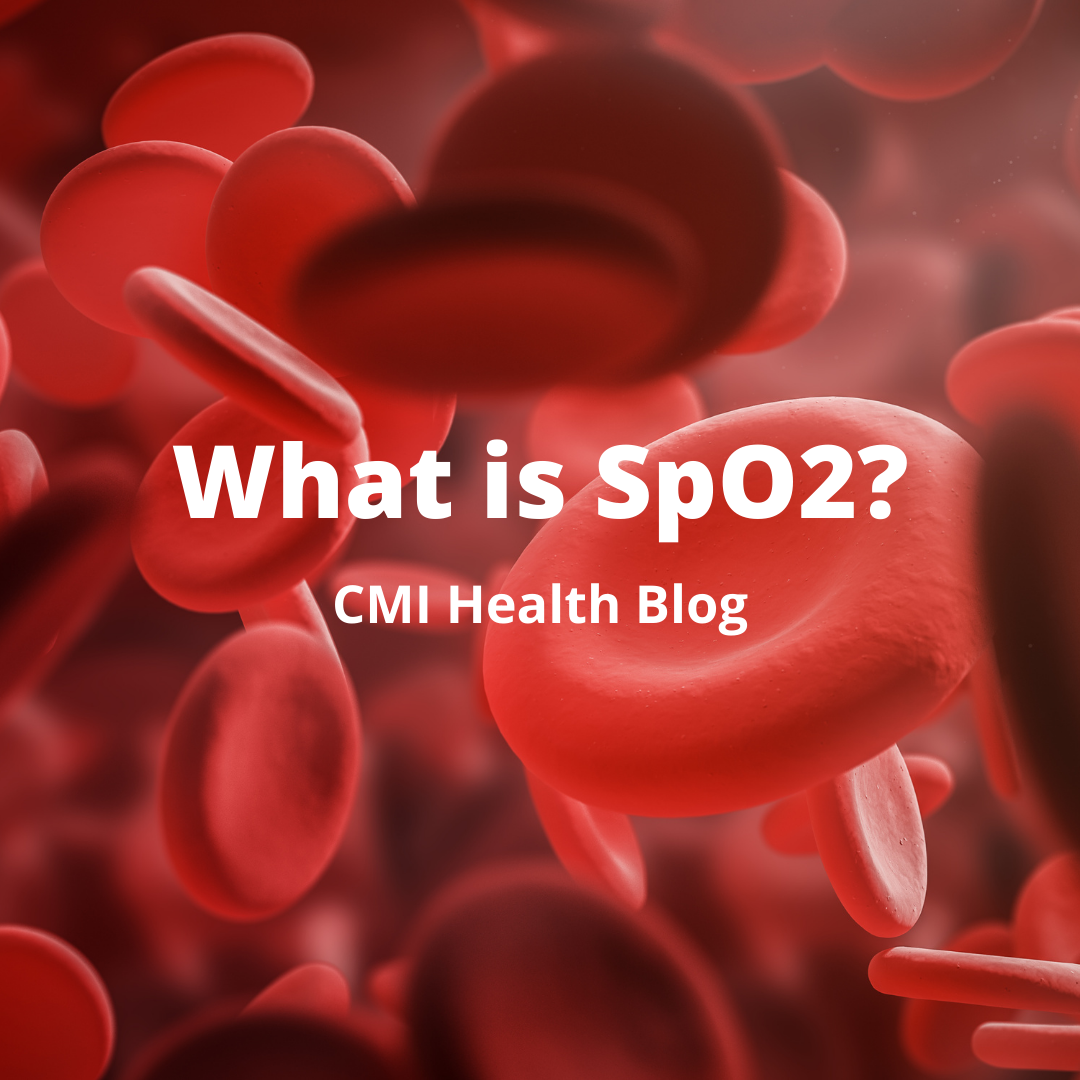
What is Oxygen Saturation (otherwise known as SpO2)?
To understand oxygen saturation, you should first be familiar with red blood cells (RBCs). RBCs are a significant cellular component of blood. Their primary role is to distribute oxygen from our lungs to the rest of our body (think of them as oxygen delivery trucks).
The molecule that allows red blood cells to carry oxygen is called hemoglobin. Hemoglobin picks up oxygen in the lungs and then distributes it throughout your body. Hemoglobin is equipped with four binding sites that can hold molecules of oxygen. When all four binding sites are in use (carrying oxygen molecules), the red blood cell is considered to have an oxygen saturation of 100% (WHO, 2011).
Most healthy adults will have arterial blood saturation of 95-100% (WHO, 2011). Arterial blood (oxygenated blood) looks bright red, while venous blood (deoxygenated blood) looks dark red. The color contrast is due to the difference in hemoglobin saturation. This differentiation is why people with poor circulation or low oxygen levels will experience cyanosis (bluish discoloration of the skin).
What does a Pulse Oximeter Measure?
So, what exactly does a pulse oximeter measure? It is responsible for calculating your arterial oxygen saturation (SpO2) levels and your pulse rate. Keep in mind; it measures the arterial blood (not venous blood) because arteries contain the red blood cells that have most recently passed through the lungs, where they collect oxygen. This blood is known as oxygenated blood (artery means it is moving “away” from the lungs).
Pulse oximetry allows users to monitor their pulse rate along with the amount of oxygen that is saturating their blood. To better understand what these readings mean, check out or blog post on How to Interpret Pulse Oximeter Readings.
By understanding the percent oxygen saturation in oxygenated blood, you will be able to recognize if your lungs are operating properly. This is why pulse oximetry is now considered a vital sign and why users suffering from conditions such as COPD and Asthma often use pulse oximeters to keep track of their conditions.
Pulse Oximetry has many practical uses and is utilized by a broad spectrum of people. If you’re curious as to who may benefit from a pulse oximeter, check out our last blog post! Improving your oxygen saturation has several health benefits and is important for everyone, even if you are not suffering from any chronic illnesses.
If you are interested in monitoring your oxygen saturation, check out CMI Health’s catalog of pulse oximeters. We have a variety of oxygen monitors available including handheld pulse oximeters, fingertip oximeters, and the OxyKnight Watch Smart home wrist oximeter. If you are unsure of which is best suited for your lifestyle, feel free to contact us at info@cmihealth.com.
Sources:




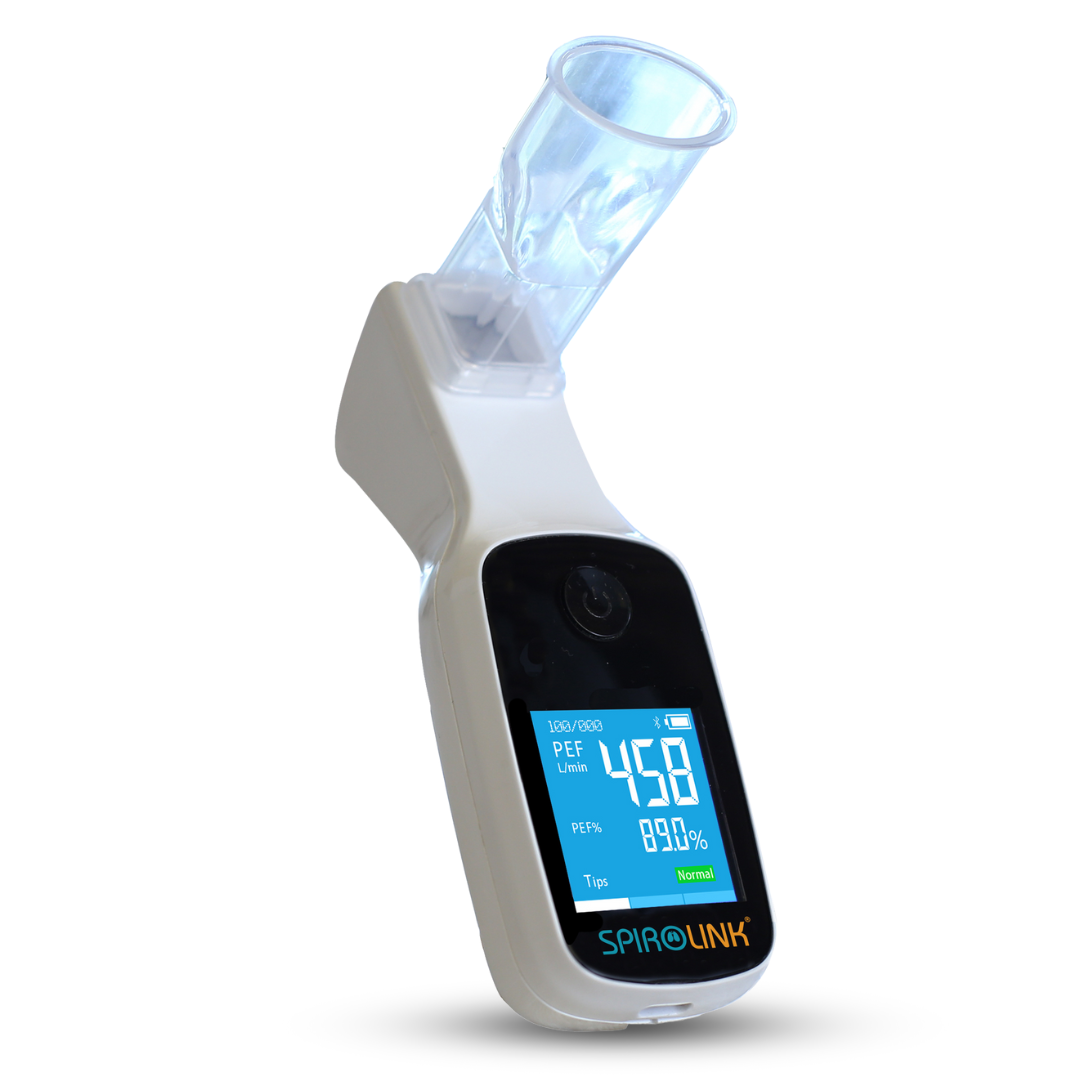
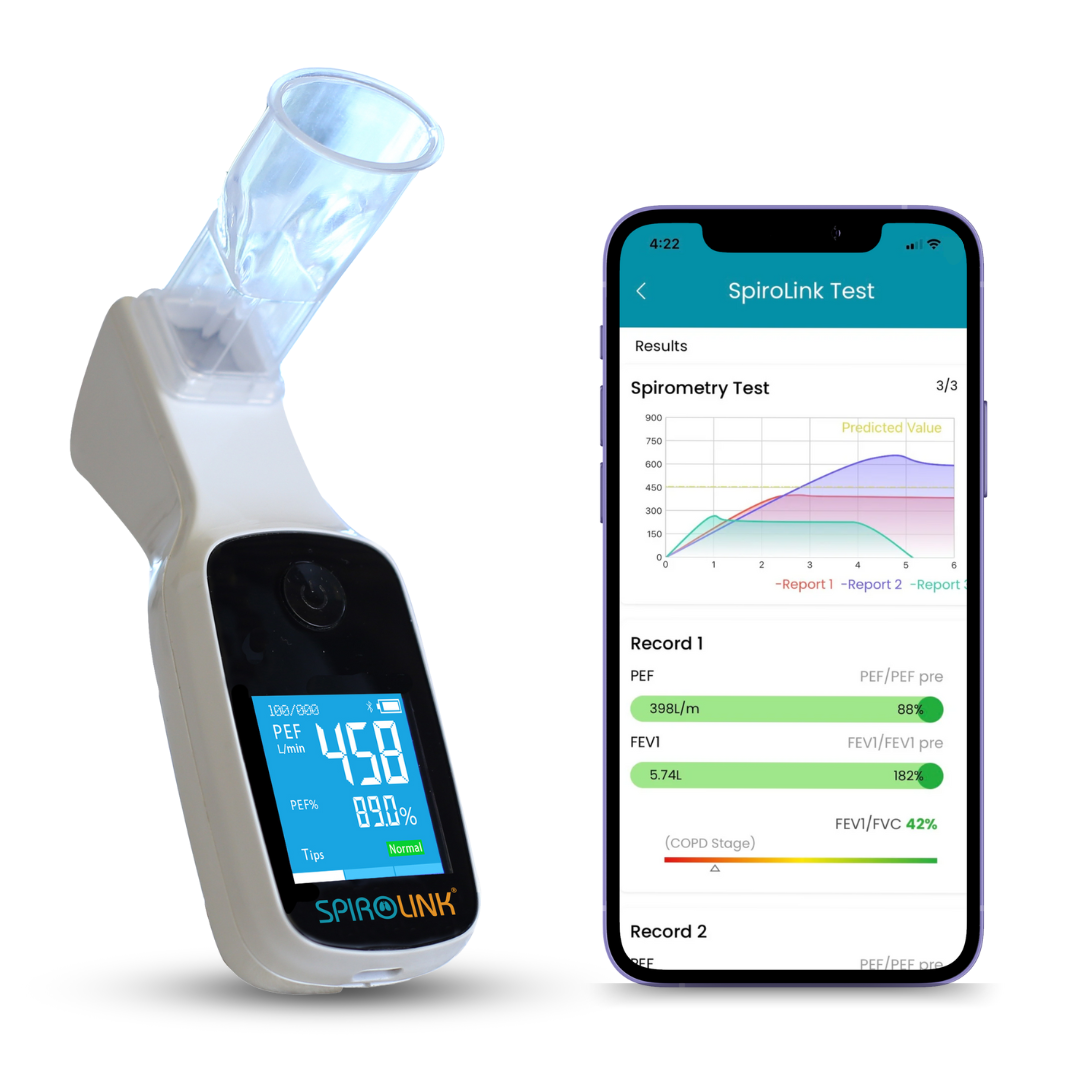
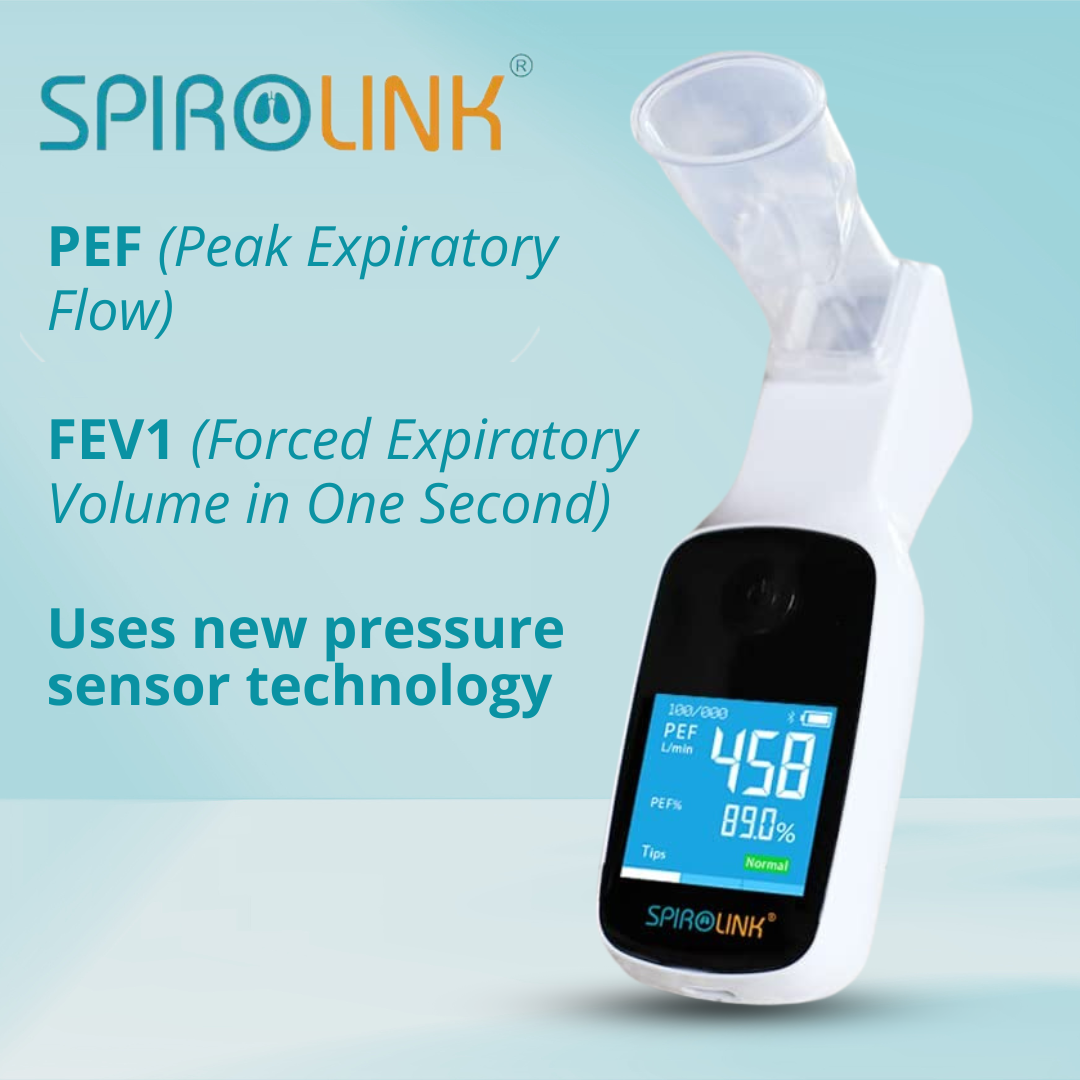
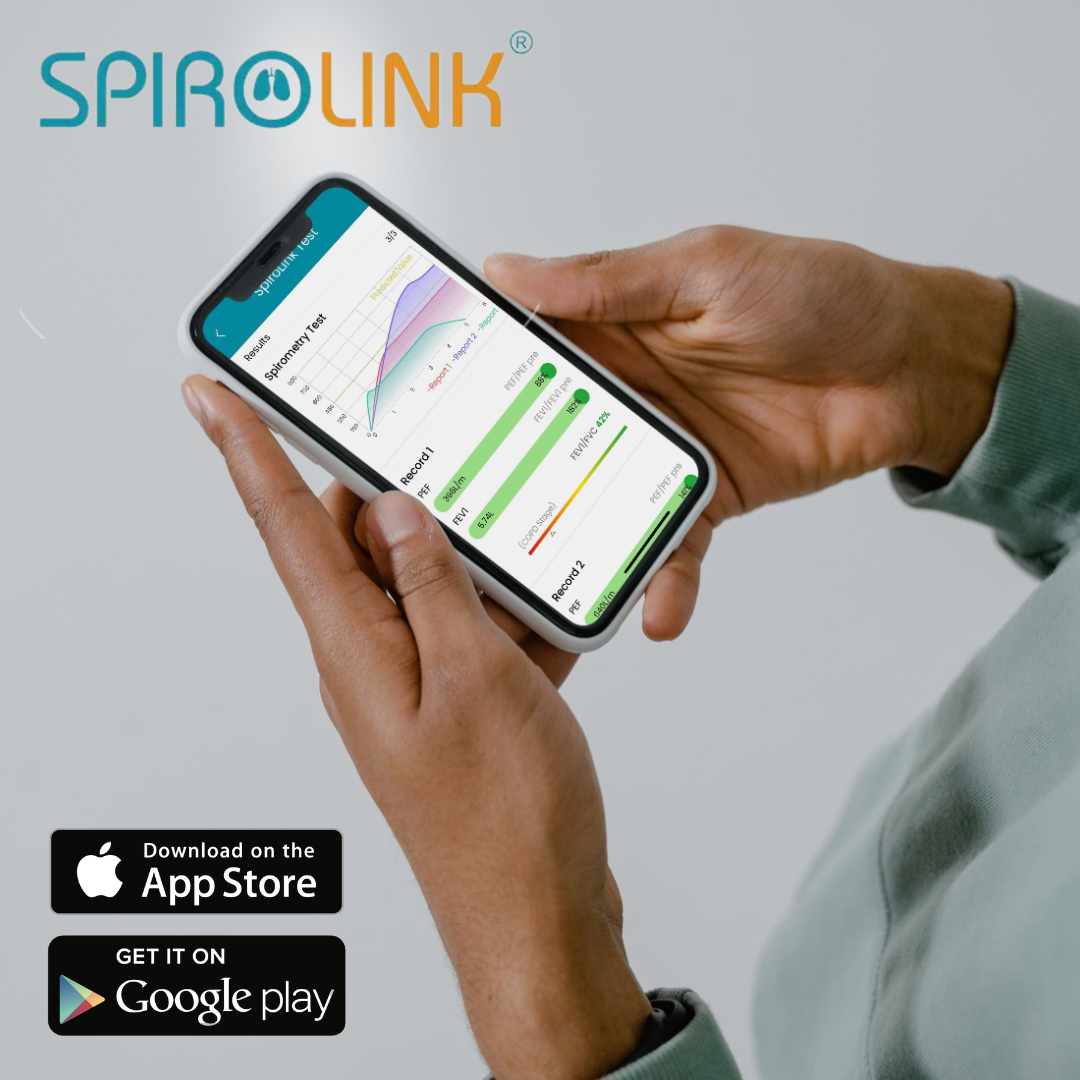
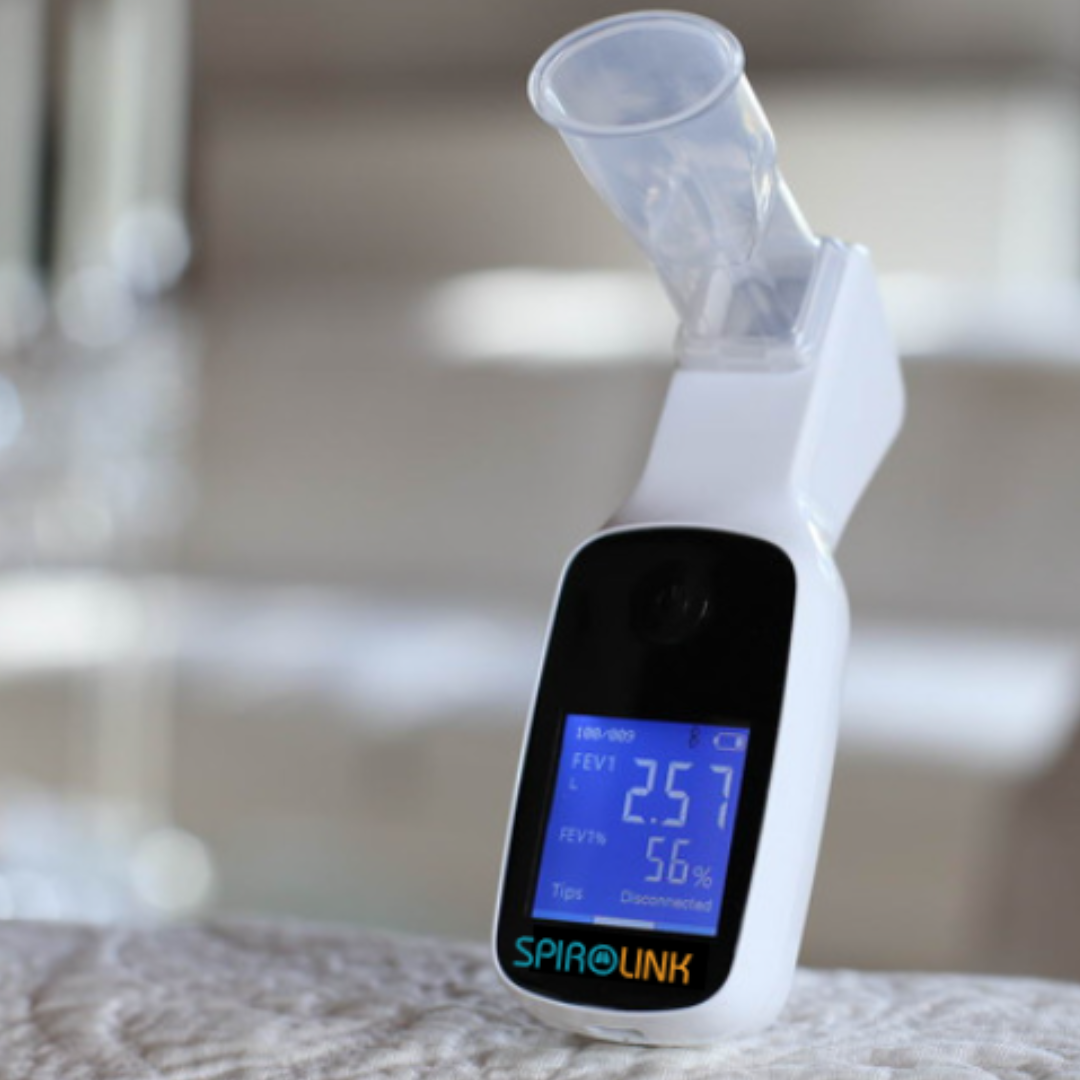
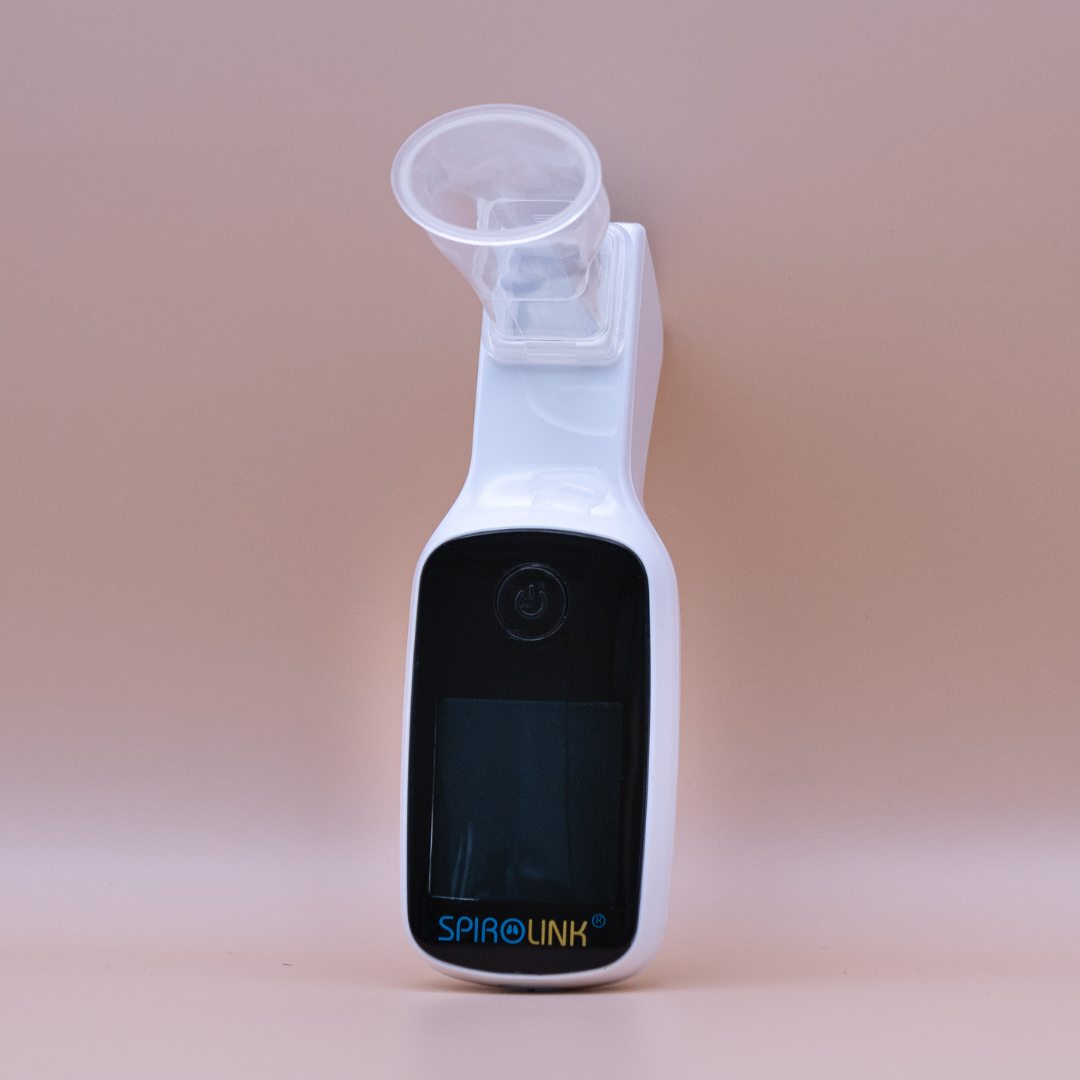

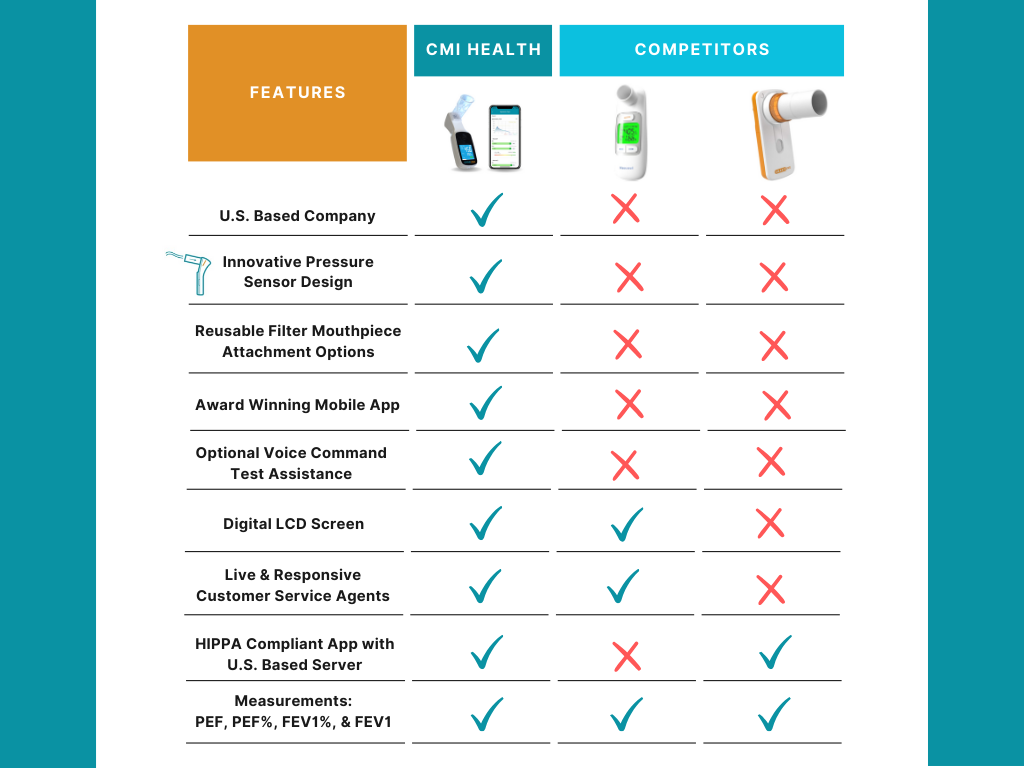
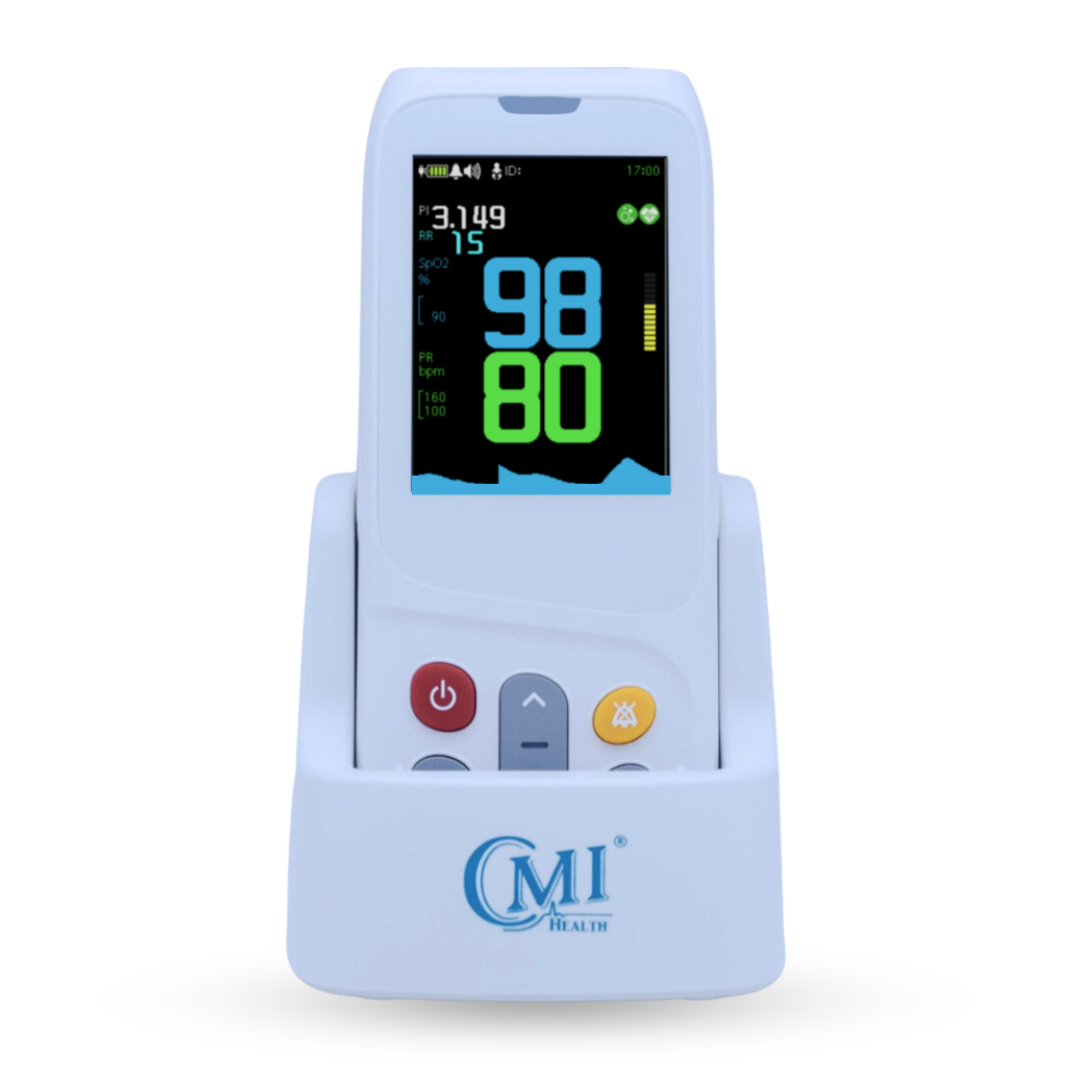
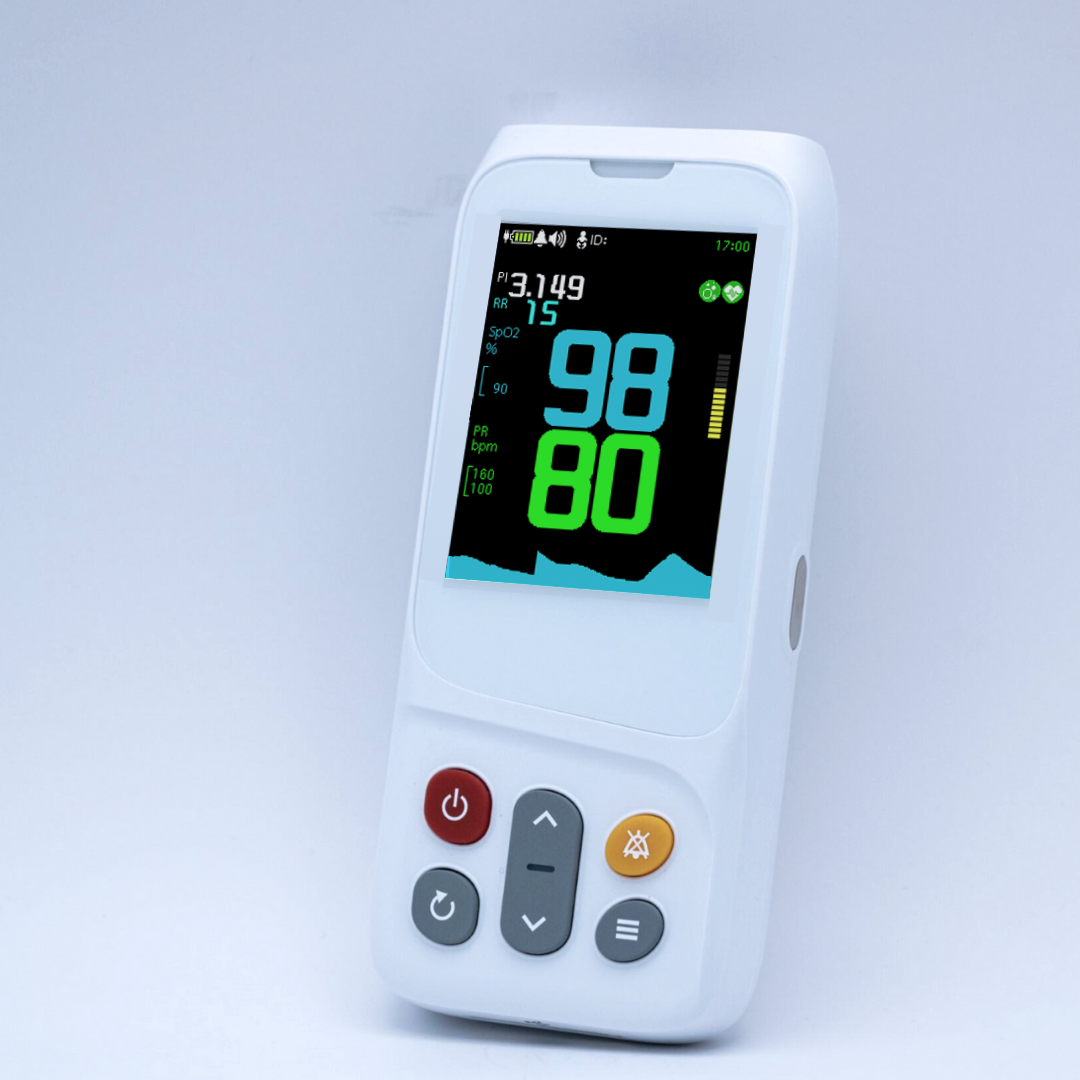
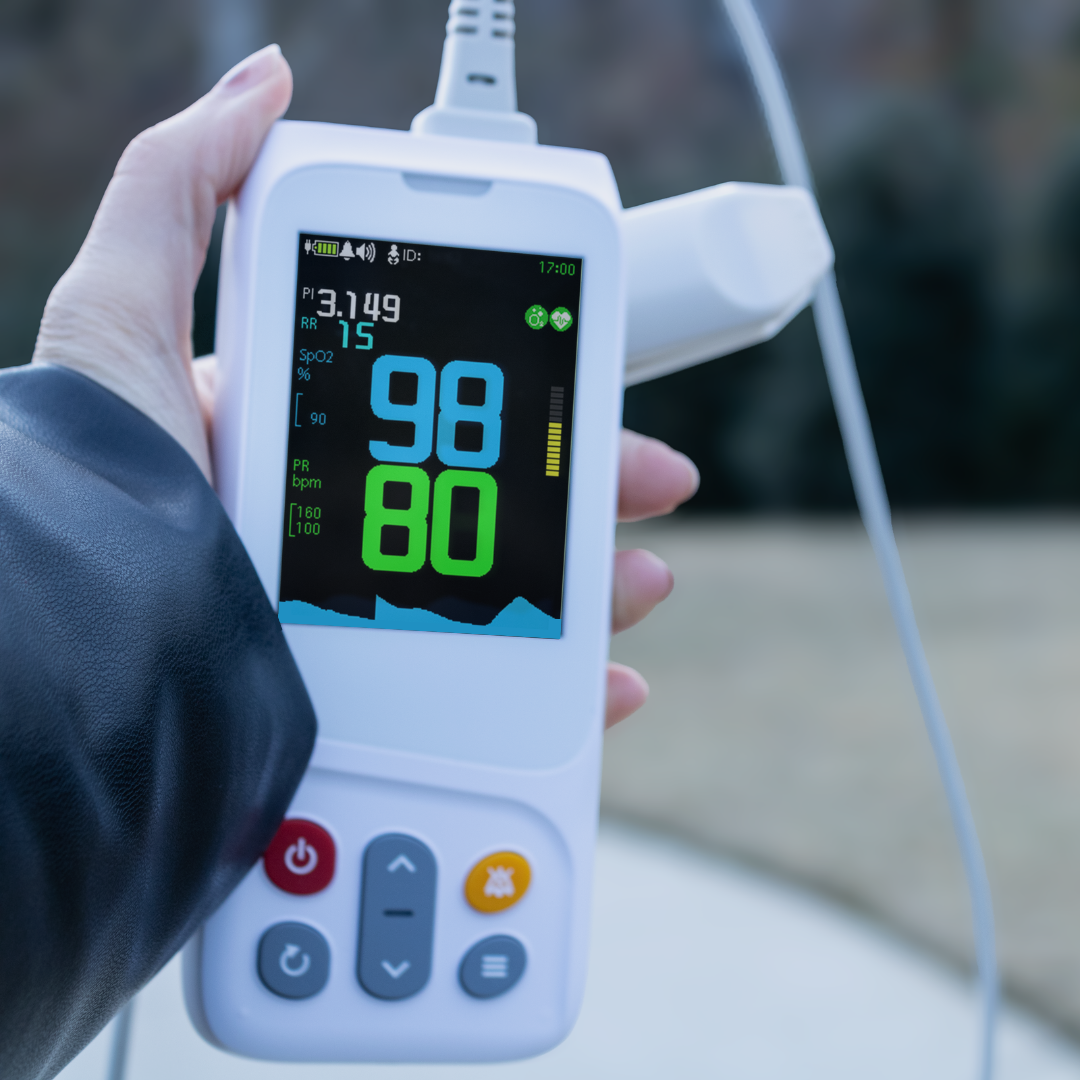
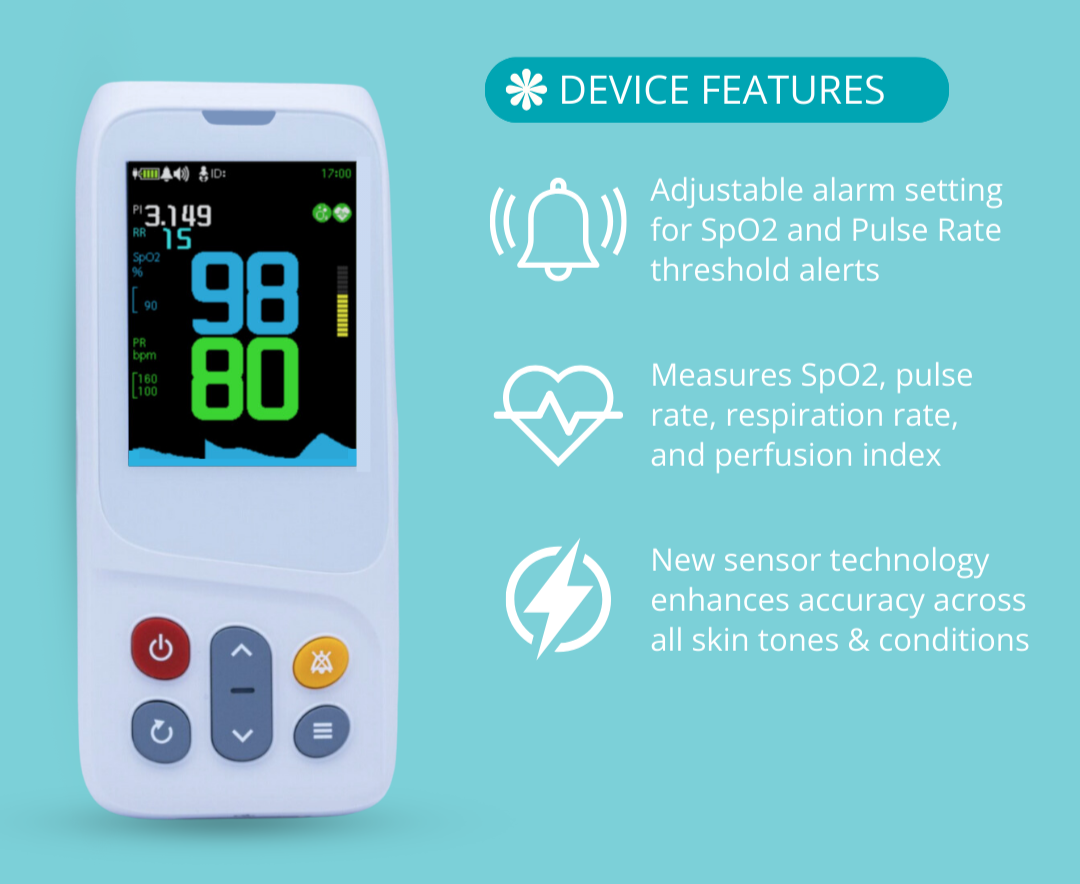
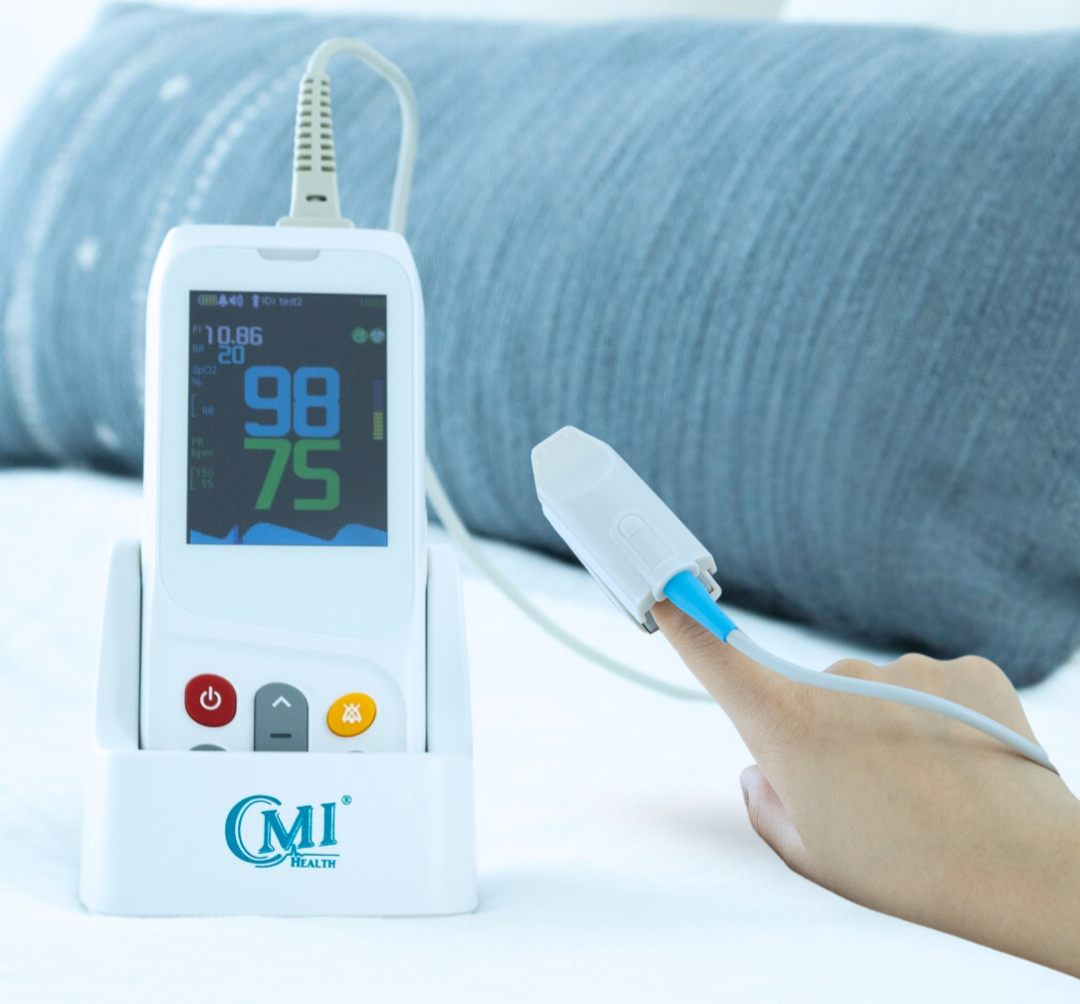
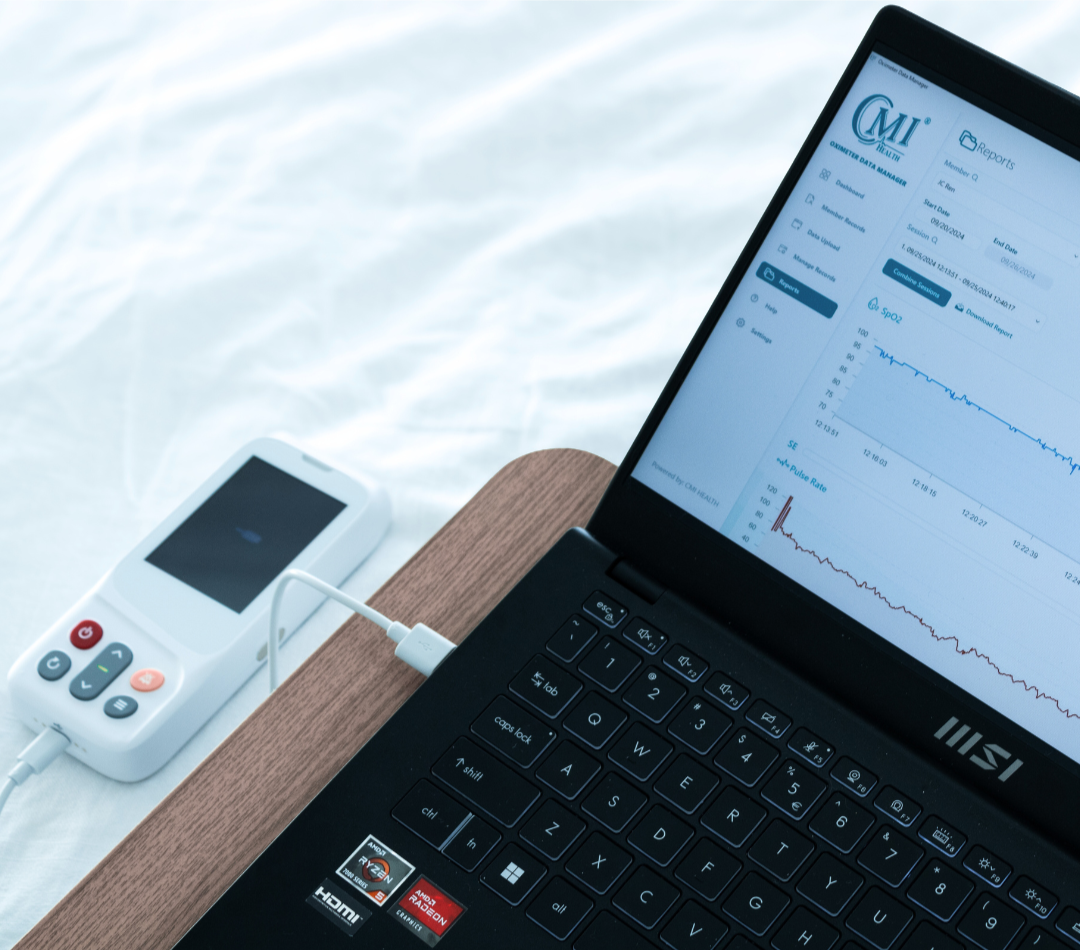
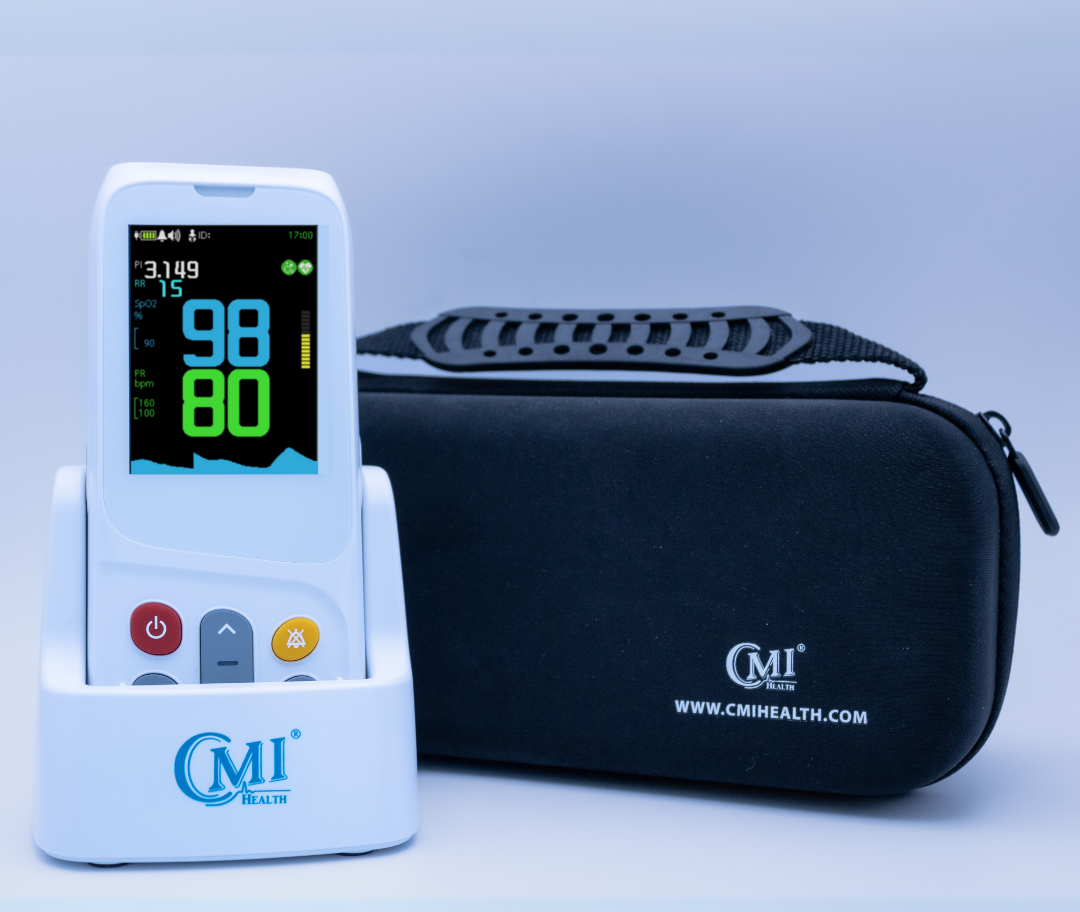
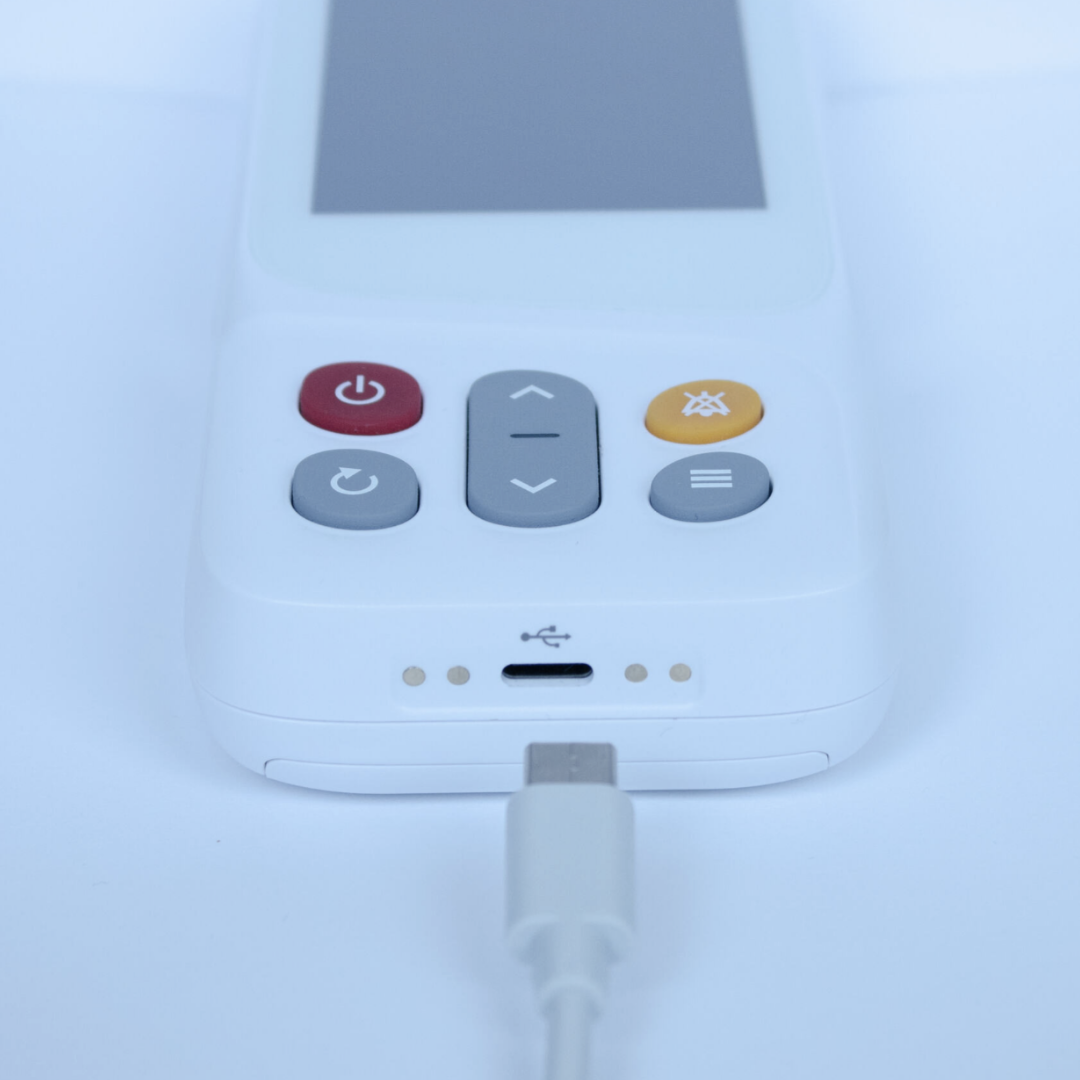
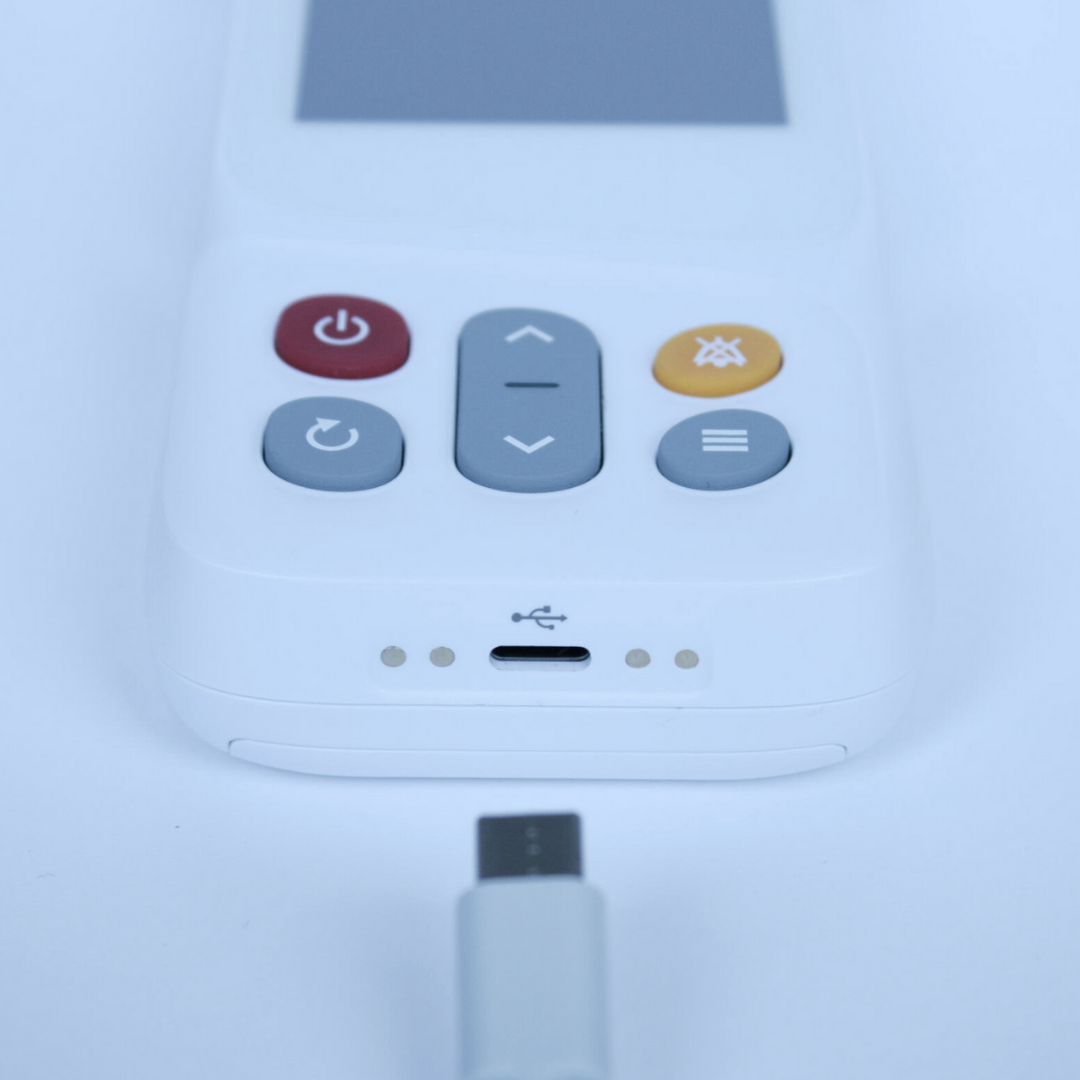
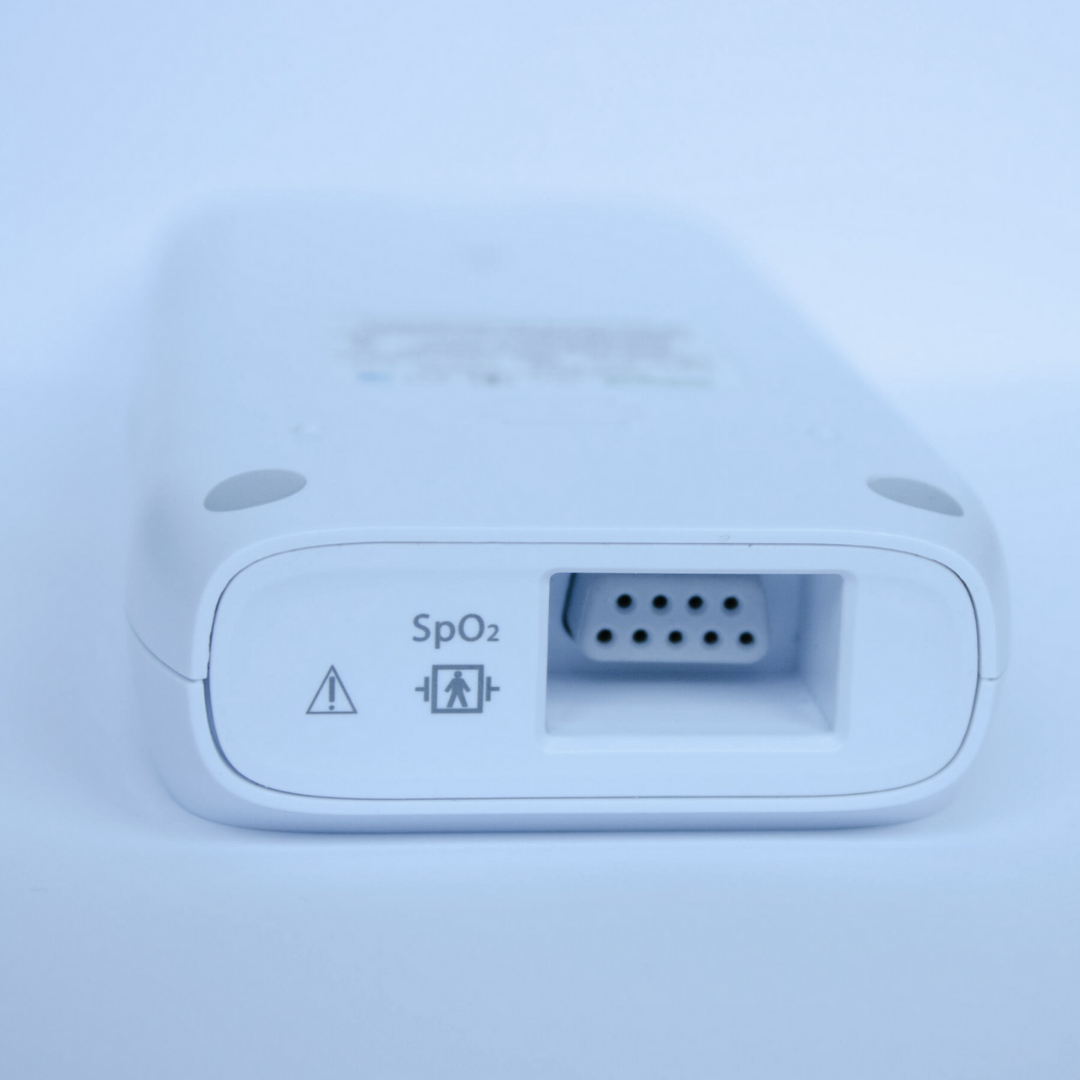
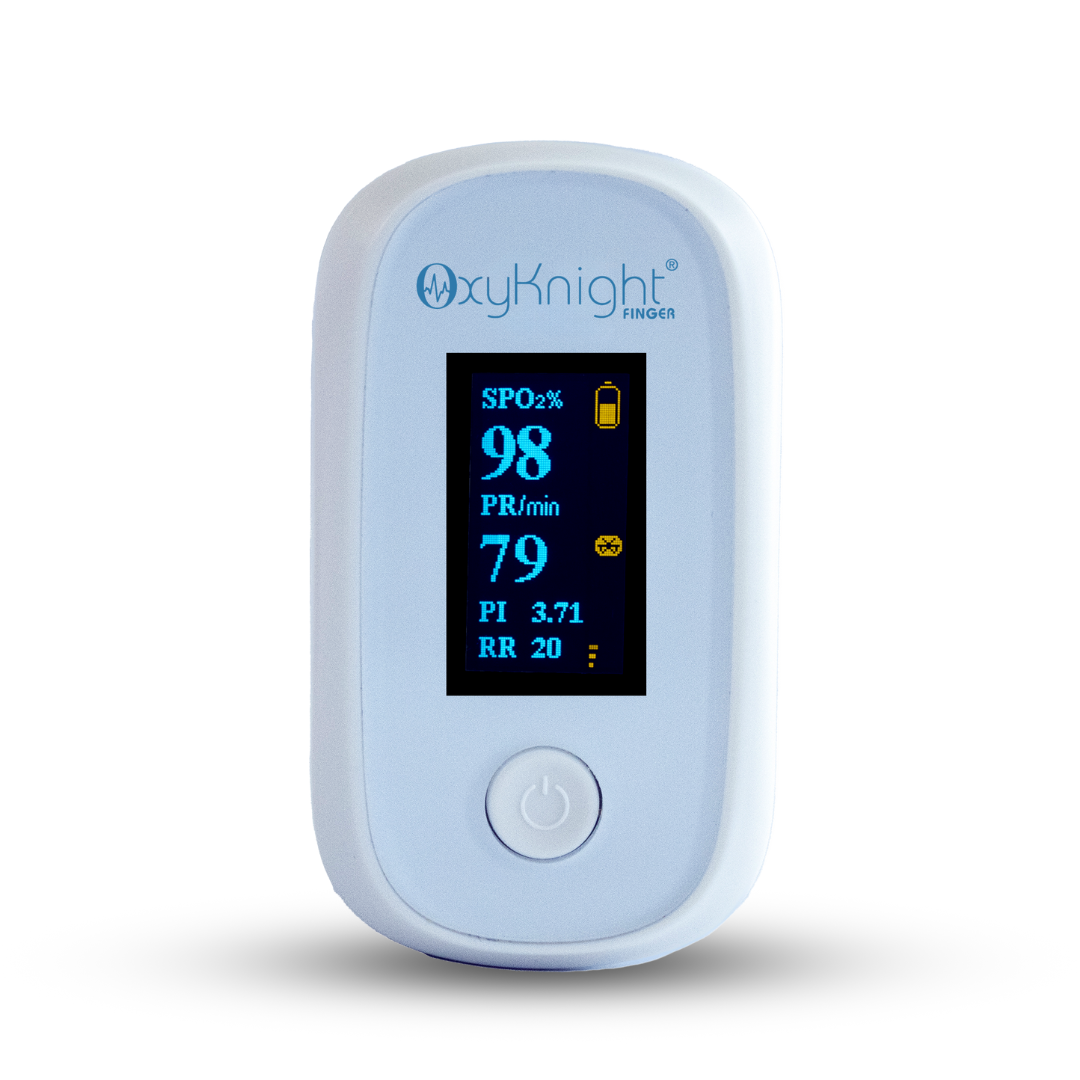
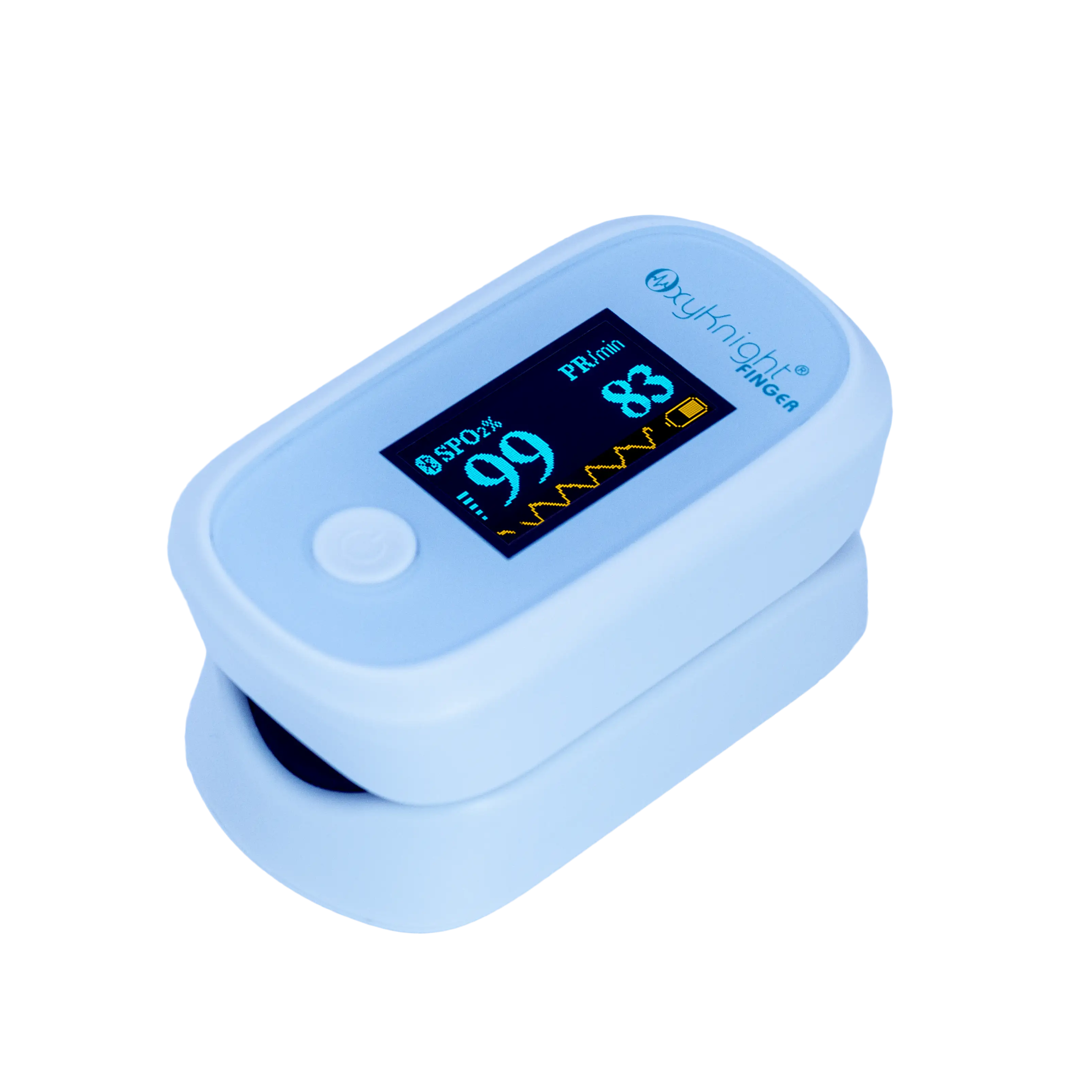
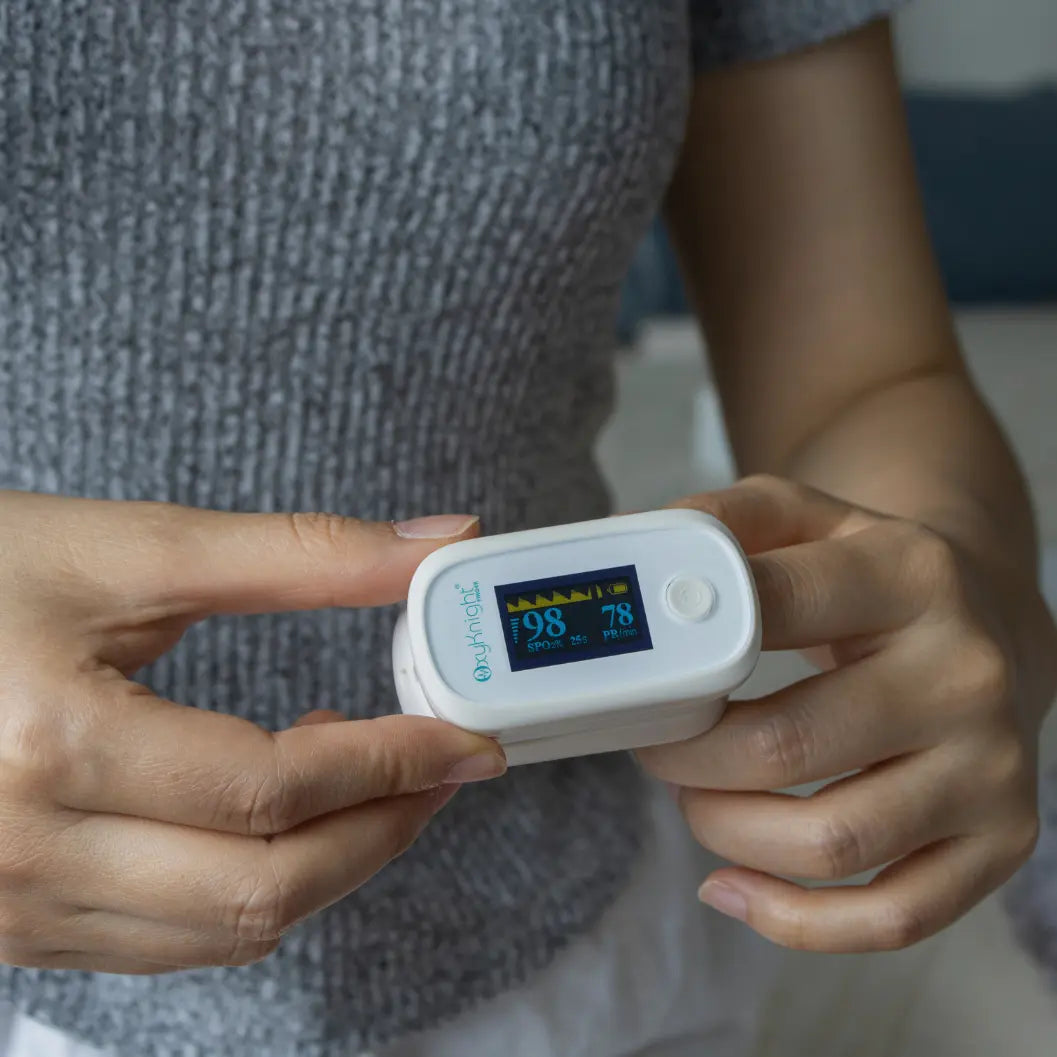
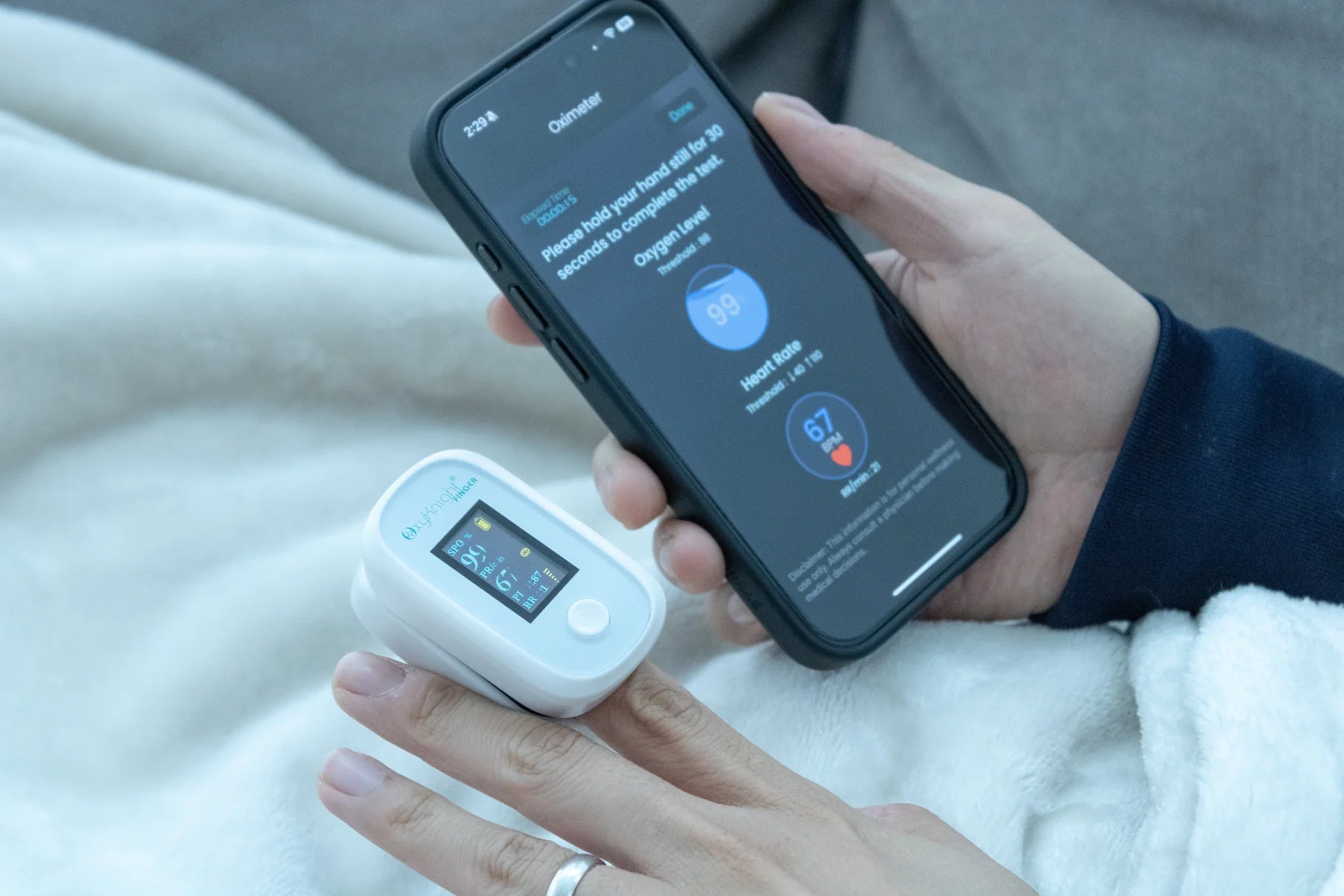
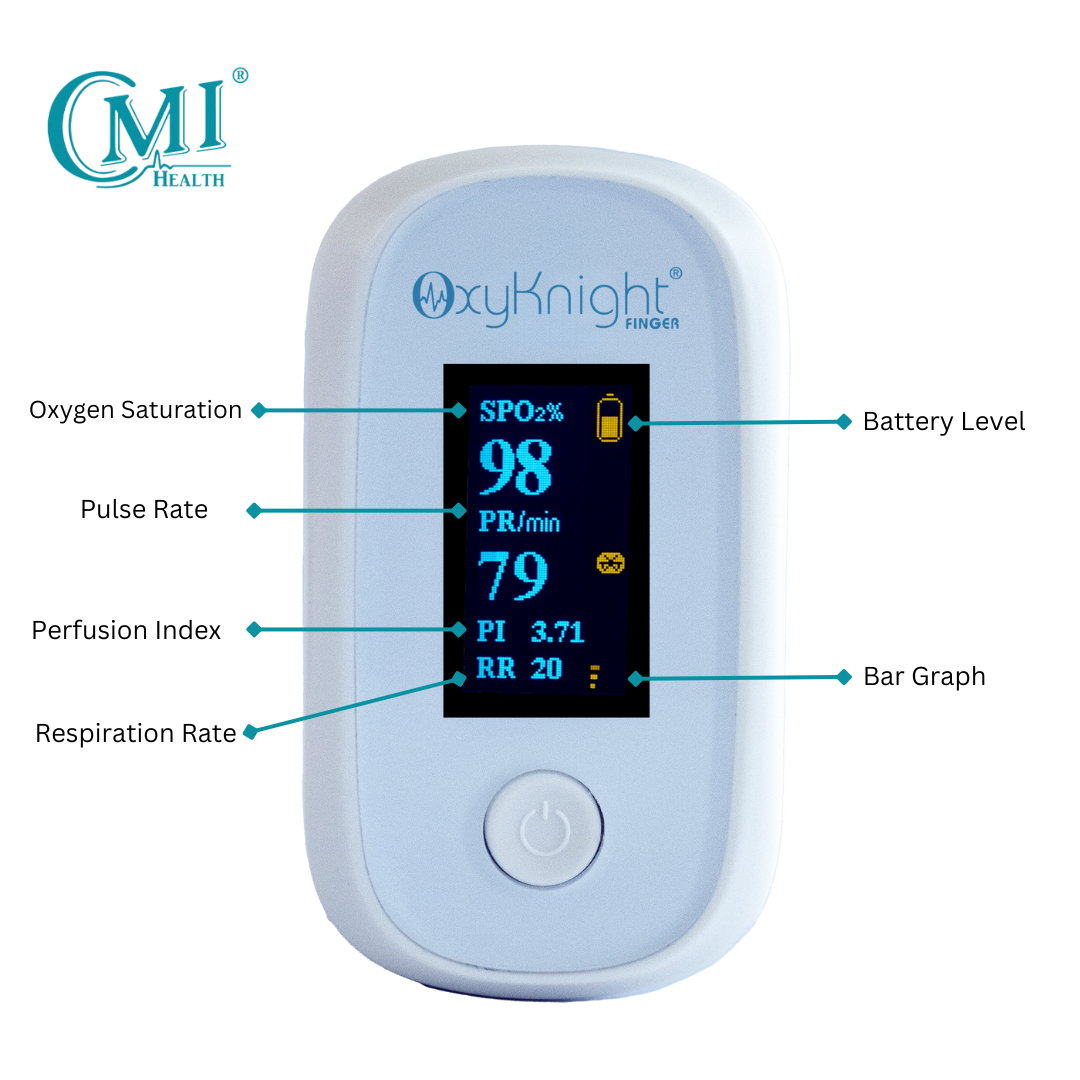
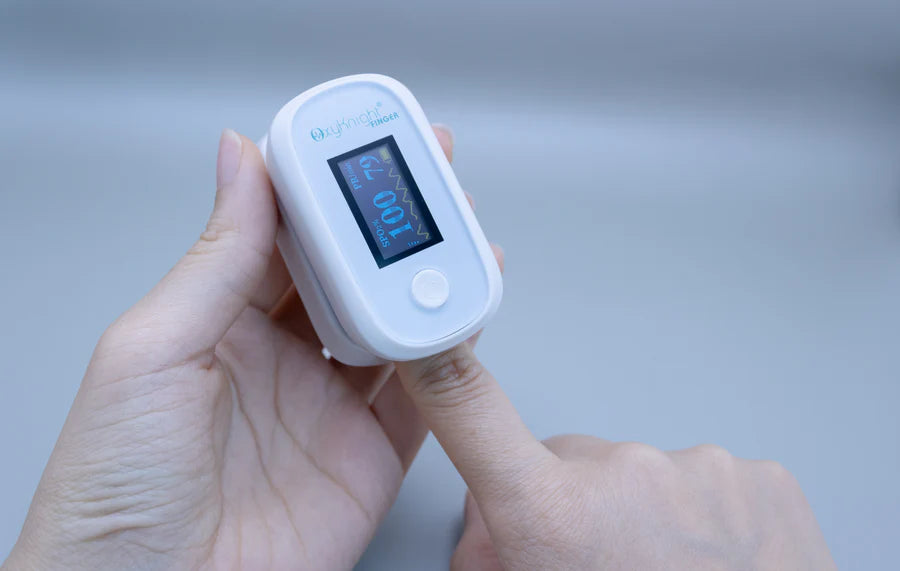
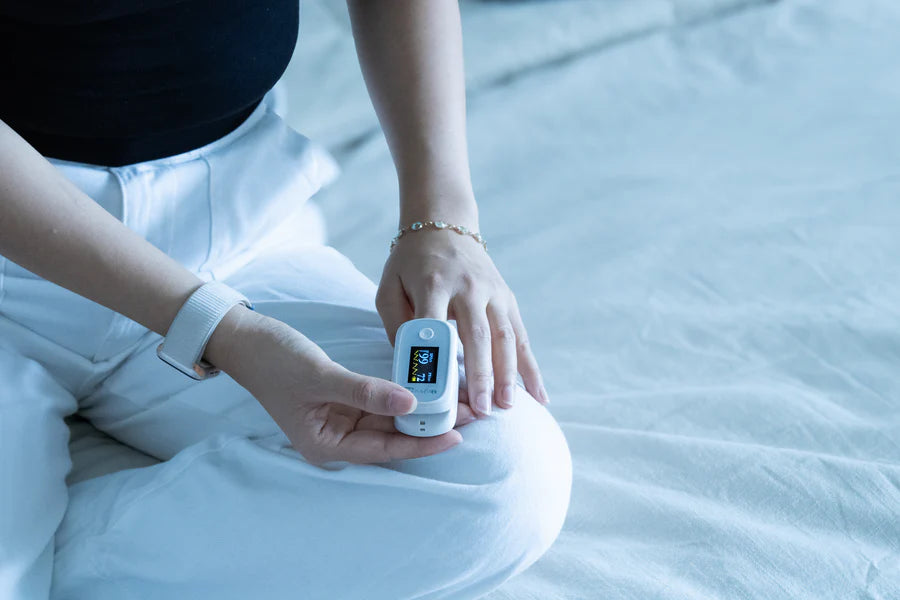
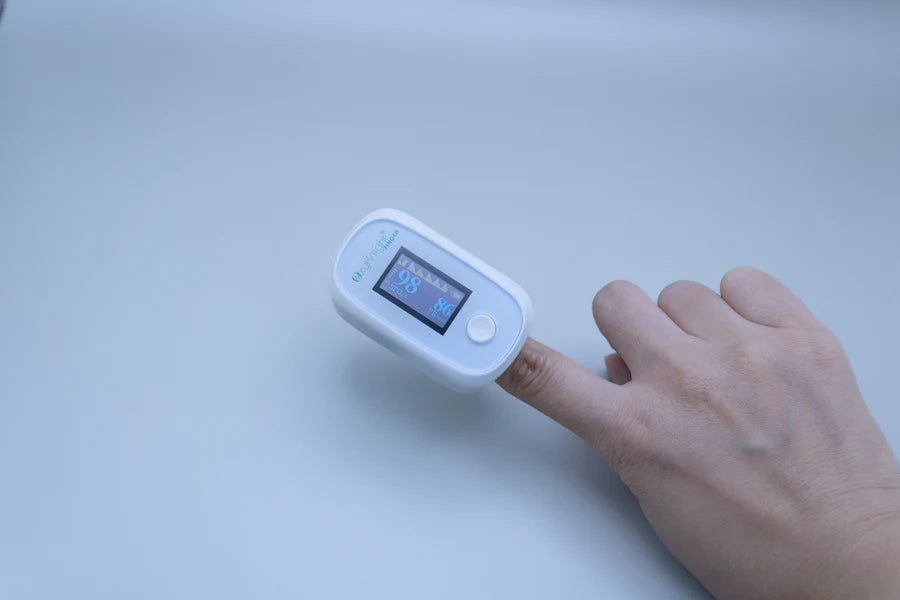
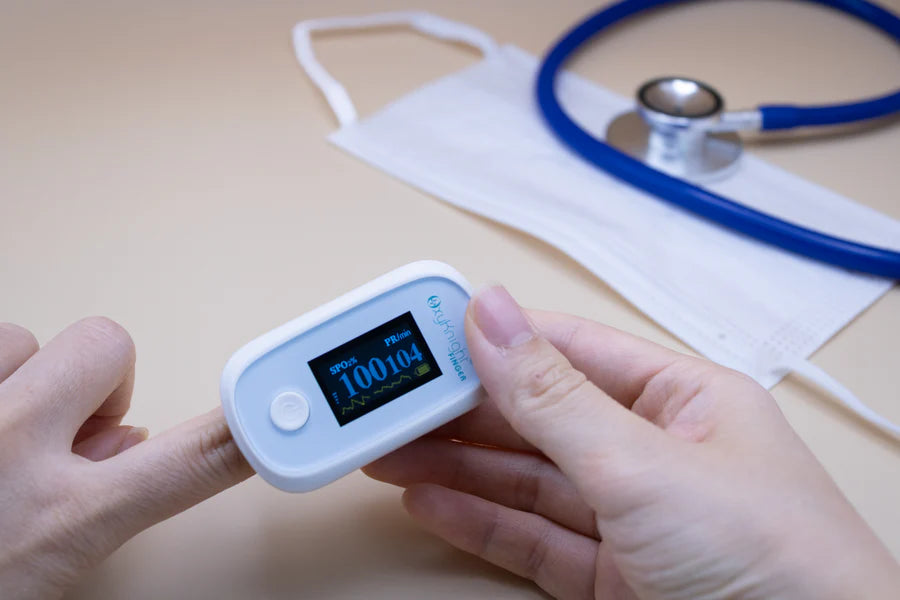
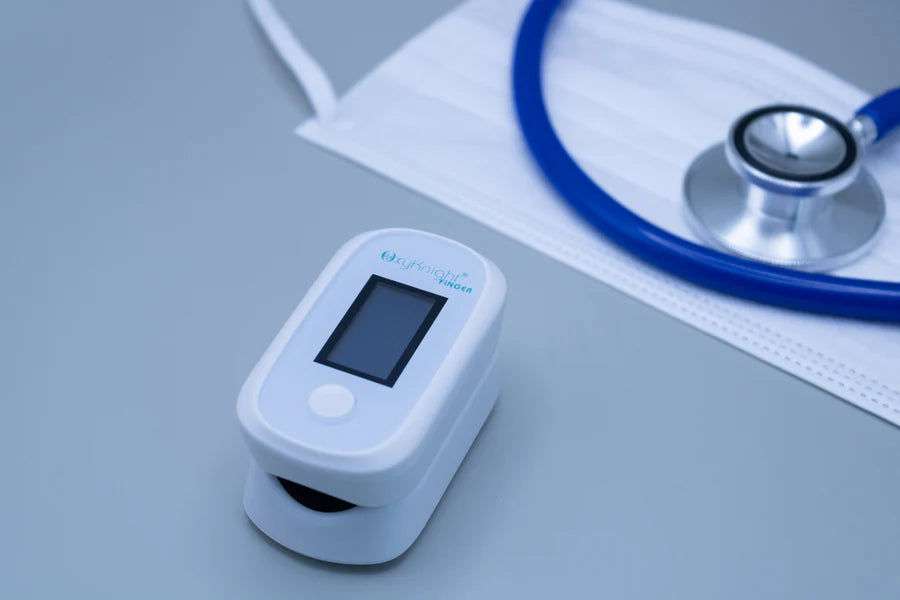



Leave a comment